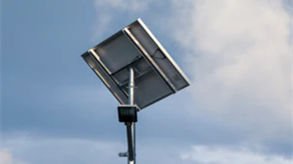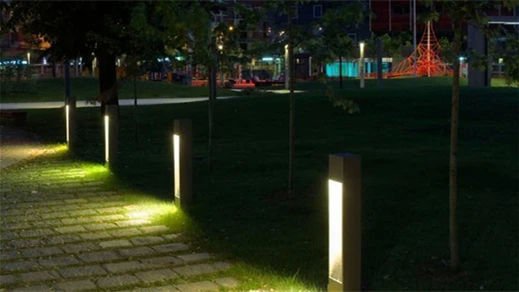Outdoor lights serve essential functions in illuminating outdoor spaces, enhancing security, and creating ambiance for outdoor activities. However, exposure to various environmental factors such as weather conditions, moisture, and debris can lead to premature wear and tear, reducing the lifespan of outdoor lights. In this blog post, we will explore effective strategies and maintenance tips to extend the longevity of outdoor lights, ensuring optimal performance and durability.
Choose High-Quality Outdoor Lights
Investing in high-quality outdoor lights from reputable manufacturers is the first step in ensuring longevity. Opt for fixtures constructed from durable materials such as aluminum, stainless steel, or weather-resistant plastics. High-quality lights are designed to withstand exposure to outdoor elements and are less prone to corrosion, fading, and damage.
1. Proper Installation
Proper installation is critical to the performance and longevity of outdoor lights. Ensure that fixtures are securely mounted to stable surfaces using appropriate mounting hardware. Follow manufacturer guidelines and local building codes to avoid overloading circuits, improper wiring, or inadequate weatherproofing, which can lead to electrical issues and premature failure.
2. Regular Cleaning and Maintenance
Regular cleaning and maintenance are essential to remove dirt, debris, and environmental pollutants that can accumulate on outdoor lights over time. Clean fixtures with a mild detergent and water solution, avoiding harsh chemicals that may damage finishes or components. Inspect lights periodically for signs of wear, loose connections, or damage, and address any issues promptly to prevent further deterioration.
3. Protect Against Moisture
Moisture is a common enemy of outdoor lights, leading to corrosion, rust, and electrical malfunctions. Take steps to protect fixtures from moisture by installing weatherproof enclosures, gaskets, or seals to prevent water ingress. Ensure that electrical connections are properly insulated and sealed to minimize the risk of short circuits or electrical hazards, especially in wet or humid environments.
4. Use LED Lighting
LED (Light Emitting Diode) lighting technology offers numerous advantages for outdoor applications, including energy efficiency, durability, and long lifespan. LED outdoor lights consume less energy and generate less heat than traditional incandescent or halogen lights, resulting in reduced wear and longer operational life. Upgrade existing outdoor lights to LED fixtures to benefit from improved longevity and performance.
5. Install Motion Sensors or Timers
Installing motion sensors or timers can help reduce unnecessary runtime and extend the lifespan of outdoor lights. Motion sensors detect movement and activate lights only when needed, minimizing continuous operation and reducing energy consumption. Timers allow you to schedule lighting periods according to specific time intervals, preventing excessive use and prolonging the life of bulbs and fixtures.
6. Perform Seasonal Inspections and Maintenance
Conduct seasonal inspections and maintenance to assess the condition of outdoor lights and address any issues before they escalate. Inspect fixtures for signs of corrosion, fading, or damage caused by seasonal weather conditions such as extreme temperatures, storms, or UV exposure. Replace worn-out bulbs, damaged components, or deteriorated seals to maintain optimal performance and longevity.
7. Winterize Outdoor Lights
Properly winterizing outdoor lights is crucial to protect them from the harsh conditions of winter. Before the onset of cold weather, remove debris, leaves, and snow accumulation from fixtures and surrounding areas. Ensure that outdoor lights are securely fastened and insulated to withstand freezing temperatures, frost, and ice formation. Consider using insulated covers or protective wraps to shield fixtures from winter elements and prevent damage.
Conclusion
By implementing these strategies and maintenance tips, homeowners, businesses, and property managers can prolong the lifespan of outdoor lights, ensuring reliable performance and enhanced durability. Regular cleaning, proper installation, use of high-quality materials, and upgrading to LED lighting are key factors in maximizing the longevity of outdoor lights and minimizing maintenance costs over time. With proactive care and attention, outdoor lights can continue to illuminate outdoor spaces and provide safety and security for years to come.


































Leave a comment
This site is protected by hCaptcha and the hCaptcha Privacy Policy and Terms of Service apply.